Imagine two very different customer service calls.
In the first instance, the agent adheres to the script, answers the customer’s questions, and efficiently concludes the call. It’s technically correct, but emotionally cold. In the second, the agent listens attentively, acknowledges the customer’s frustration, and offers help with patience and sincerity.
The issue may take the same amount of time to resolve, but the customer’s experience is completely different. The difference? Empathy.
In today’s contact centers, empathy is often seen as a “soft” skill—nice to have but difficult to define, train, or measure. However, scientific research increasingly shows that empathy is anything but soft. It’s a critical skill rooted in brain science, emotional intelligence, and behavioral psychology.
More importantly for customer service professionals, empathy directly impacts measurable outcomes such as First Call Resolution (FCR) and Customer Satisfaction (CSat)—core metrics at the heart of SQM Group’s mission.
In this blog, we’ll explore the science behind empathy, how it works in the brain, and why it plays a central role in delivering world-class customer experiences.
What Is Empathy? A Scientific and Practical Definition
Empathy is often described as the ability to “put yourself in someone else’s shoes.” While this metaphor is widely used, empathy is actually a nuanced, multi-dimensional skill with real psychological depth.
From a scientific perspective, empathy is typically divided into two types:
- Cognitive empathy – the ability to understand another person’s thoughts and feelings.
- Emotional (or affective) empathy – the capacity to actually feel what another person is experiencing emotionally.
In customer service, both types of empathy come into play. Cognitive empathy helps agents grasp the customer’s frustration when a bill is incorrect or a service is disrupted. Emotional empathy helps the agent respond in a way that acknowledges that frustration with authenticity, not just politeness.
It’s also important to clarify what empathy is not. Empathy isn’t agreement. It’s not about taking the customer’s side or becoming emotionally overwhelmed. Rather, it’s about recognizing the customer’s emotional state and responding in a way that builds trust, diffuses tension, and opens the door to resolution.
In practice, empathy might sound like:
“I can understand how frustrating that must be—let’s see how we can fix this together.”
It’s a simple shift in tone and language, but one that can change the trajectory of the entire interaction.
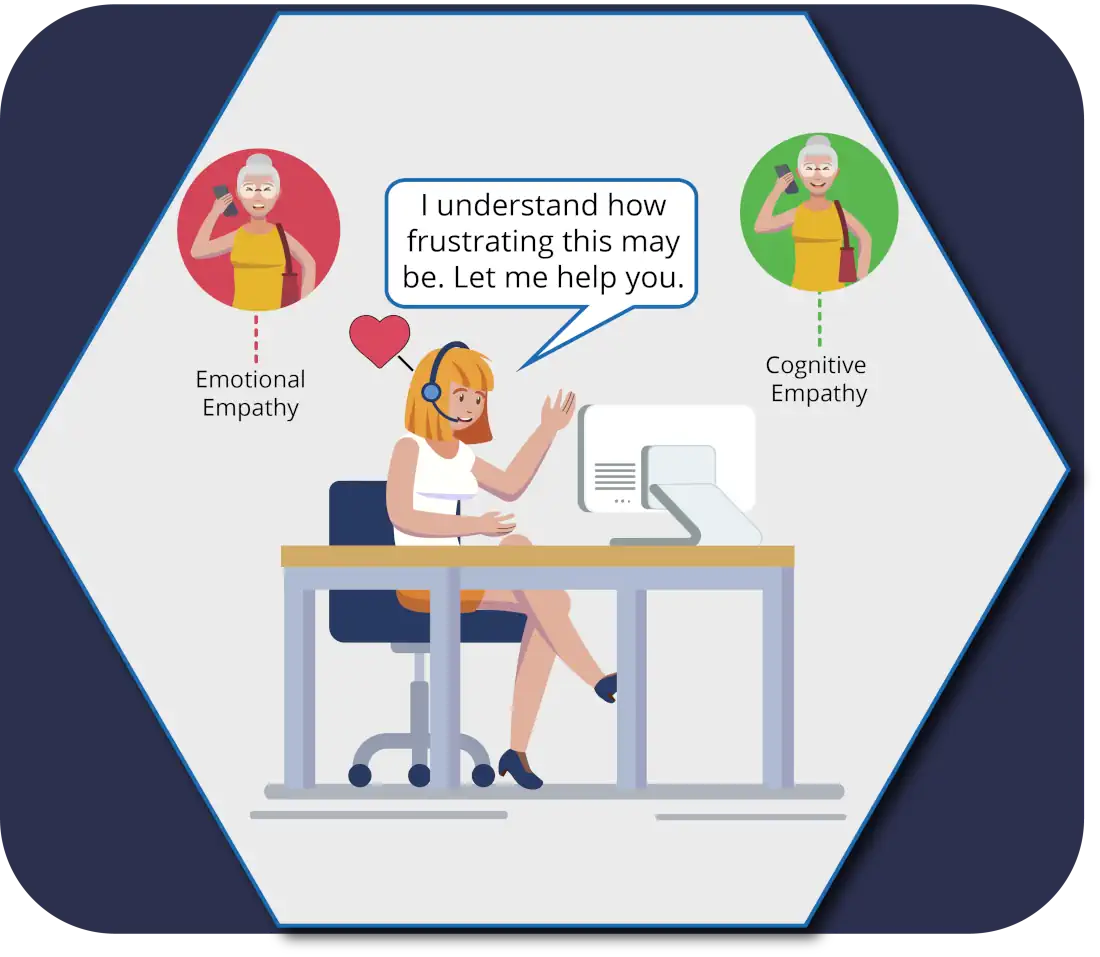
The Neuroscience of Empathy
Empathy isn’t just a learned behavior—it’s hardwired into the human brain. Understanding this neurological basis helps explain why empathetic interactions feel so powerful and why they have such a profound impact on customer satisfaction.
Neuroscience research shows that several brain regions are involved in empathetic responses. These brain regions are responsible for the internal “emotional resonance” we feel when we hear someone else in distress. Essentially, our brains respond to others’ emotions as if we’re experiencing them ourselves.
This biological empathy is automatic—but how we act on it is a learned skill. In a contact center setting, where stress, time pressure, and scripted language can blunt emotional awareness, the challenge is helping agents stay tuned in to their own emotional intelligence.
What’s more, when agents express empathy effectively, they activate a positive feedback loop in the customer’s brain. The customer feels heard, which triggers the release of oxytocin (the “trust” hormone), reduces stress, and fosters increased cooperation. That physiological response can make the difference between an angry escalation and a satisfied resolution.
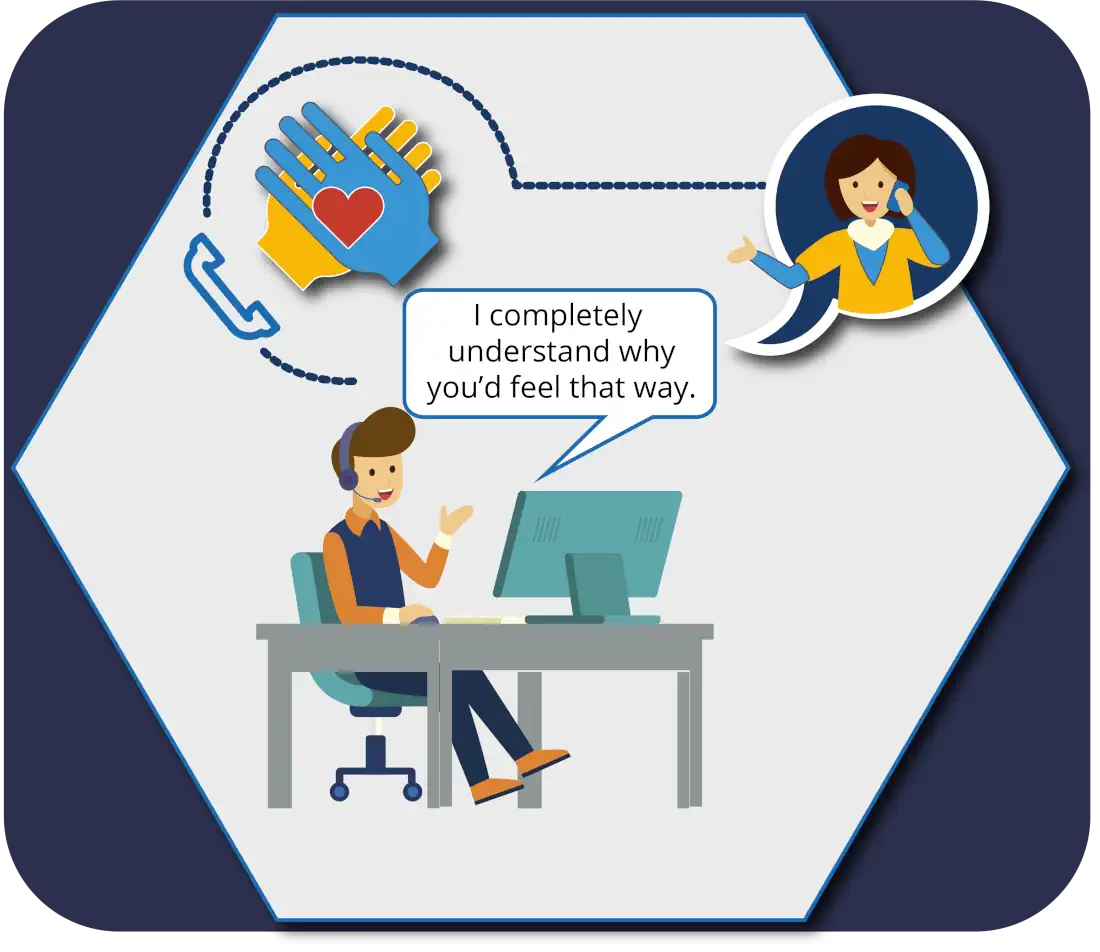
Why Does Empathy Matter in Customer Service?
In customer service, empathy isn't just a feel-good gesture—it's a performance driver. The ability to demonstrate empathy can dramatically influence how a customer perceives the quality of an interaction, even if the outcome isn’t ideal.
When customers feel truly understood, it builds trust, fosters rapport, and creates an environment where problem-solving can happen more smoothly. Customers are more likely to stay calm, explain their issues clearly, and accept solutions when they feel heard. That has a direct impact on key performance metrics.
Let’s examine how empathy relates to two of the most critical key performance indicators (KPIs) in the contact center world: First Call Resolution (FCR) and Customer Satisfaction (CSat).
Empathy improves FCR by encouraging open communication. When customers feel emotionally safe, they’re more likely to share full context upfront, helping agents get to the root of the issue the first time.
CSat also rises when empathy is present. Customers rate their experiences more favorably when agents demonstrate understanding, patience, and emotional connection—even in complex or unresolved cases.
According to SQM Group’s research, customer satisfaction is 35% higher when the customer feels the agent showed genuine empathy during the call. And when FCR is achieved, CSat scores increase by an average of 20%. Empathy helps drive both outcomes.
Moreover, empathetic interactions often reduce the need for escalation, shorten call durations, and lower the emotional toll on both customers and agents. In short, empathy leads to better outcomes, stronger relationships, and a more efficient contact center.
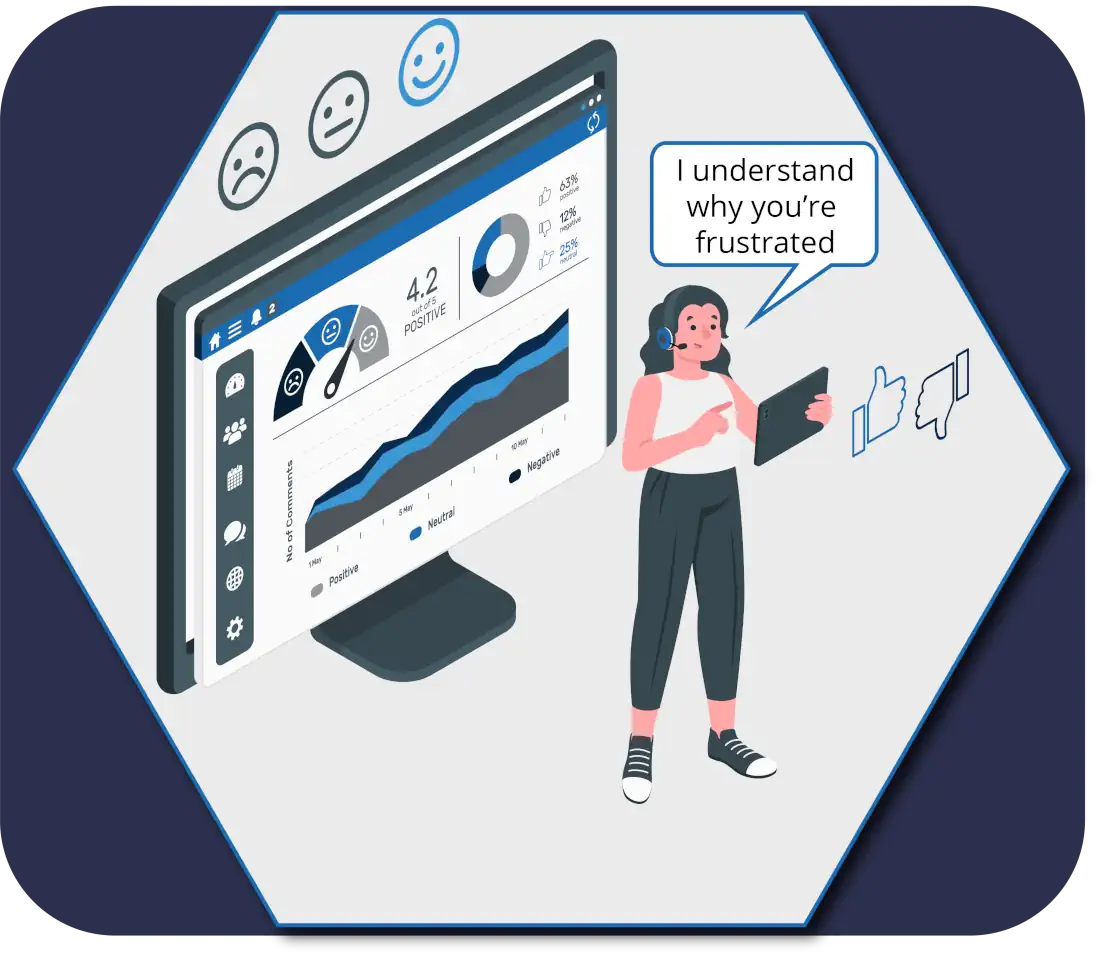
How Can You Measure Empathy in Customer Interactions?
Given its impact, measuring empathy should be part of every contact center’s quality assurance process—but it’s not always straightforward. Unlike AHT or FCR, empathy is qualitative, not quantitative. But that doesn’t mean it’s unmeasurable.
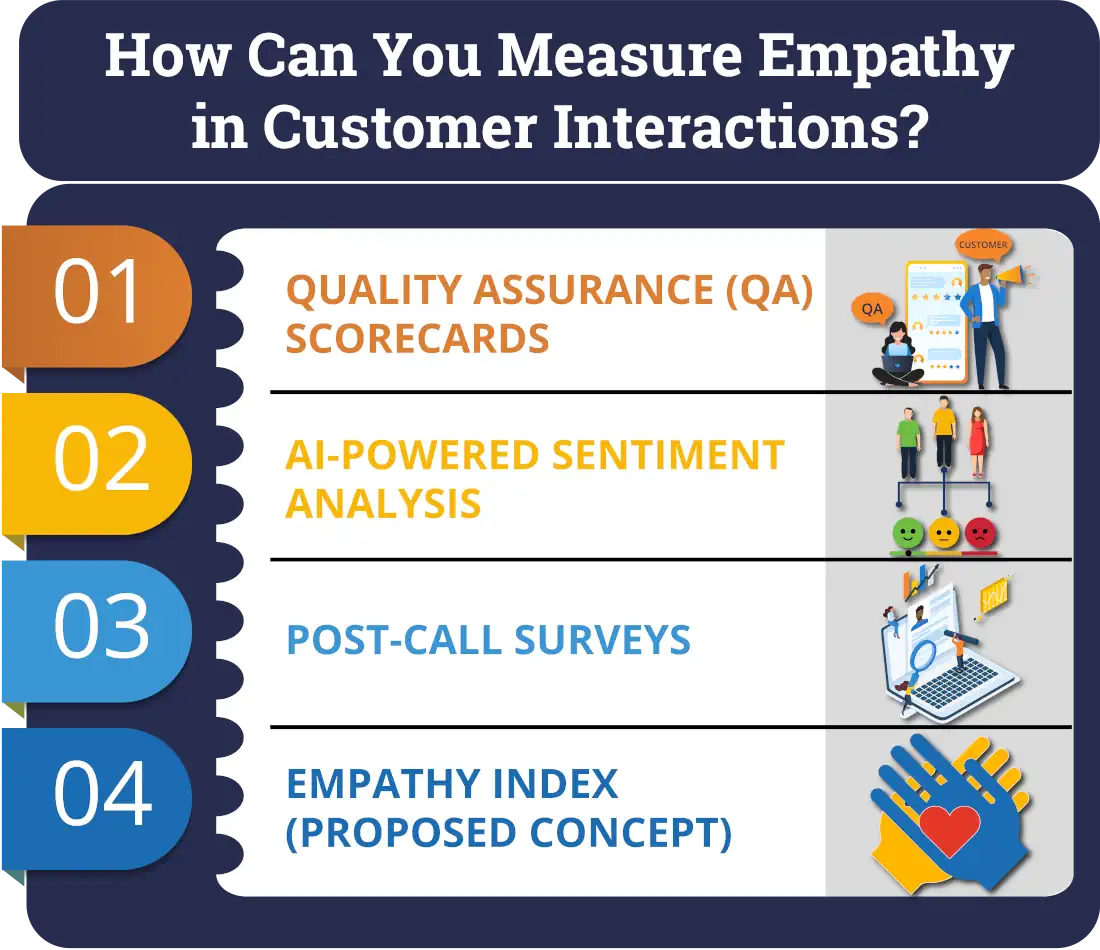
There are several practical ways to assess empathy in real customer interactions:
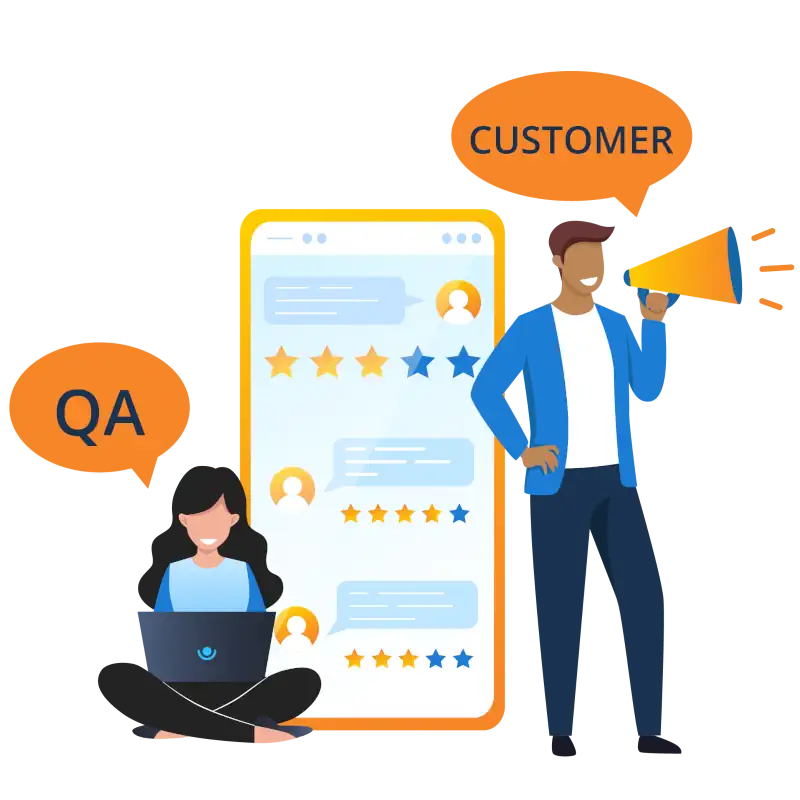
1. Quality Assurance (QA) Scorecards
Many centers include empathy-related behaviors in their call evaluation forms, such as “acknowledges the customer’s emotion” or “uses customer-focused language.” This allows empathy to be tracked and coached like any other skill.
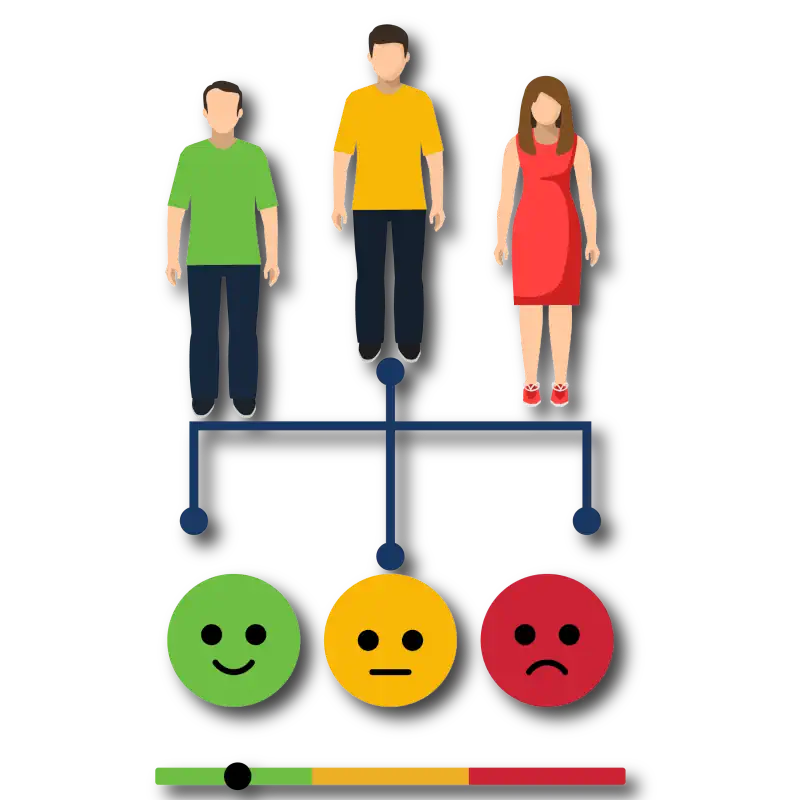
2. AI-Powered Sentiment Analysis
With advancements in speech analytics, AI can now detect emotional cues in tone, word choice, and pacing. These tools can flag calls that lack emotional engagement or highlight agents who consistently excel in demonstrating empathy.
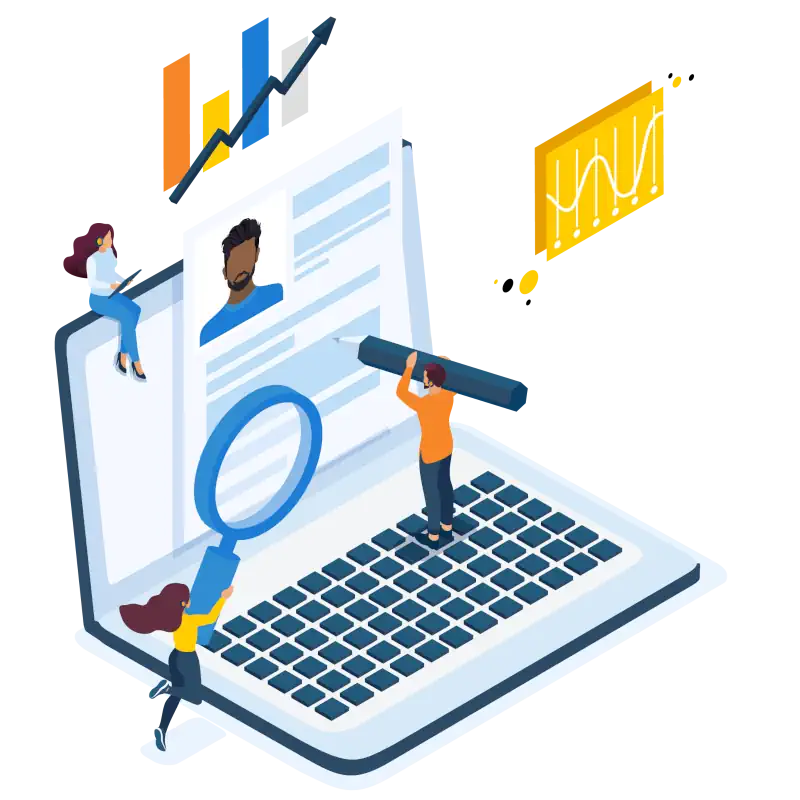
3. Post-Call Surveys
Verbatim comments in customer feedback often reveal whether the agent came across as empathetic. Phrases like “they really listened” or “I felt understood” are key indicators of emotional resonance.

4. Empathy Index (Proposed Concept)
Some organizations are experimenting with an internal “Empathy Score” that blends QA evaluations, sentiment analysis, and customer feedback into a composite metric. While still evolving, this concept is gaining traction as a way to bring emotional intelligence into performance dashboards.
Ultimately, measuring empathy requires a mix of subjective observation and customer perception. However, when done well, it provides leaders with the insights they need to coach more effectively and recognize high-performing, emotionally intelligent agents.
How to Train for Empathy: Science-Backed Approaches
If empathy can be measured, the next logical question is: Can it be taught? The answer, backed by behavioral science and customer service research, is a resounding yes.
Empathy is both an innate trait and a trainable skill. Like any other customer service competency, it can be strengthened through intentional practice, feedback, and reinforcement. Here are several evidence-based ways to develop empathy in contact center agents:
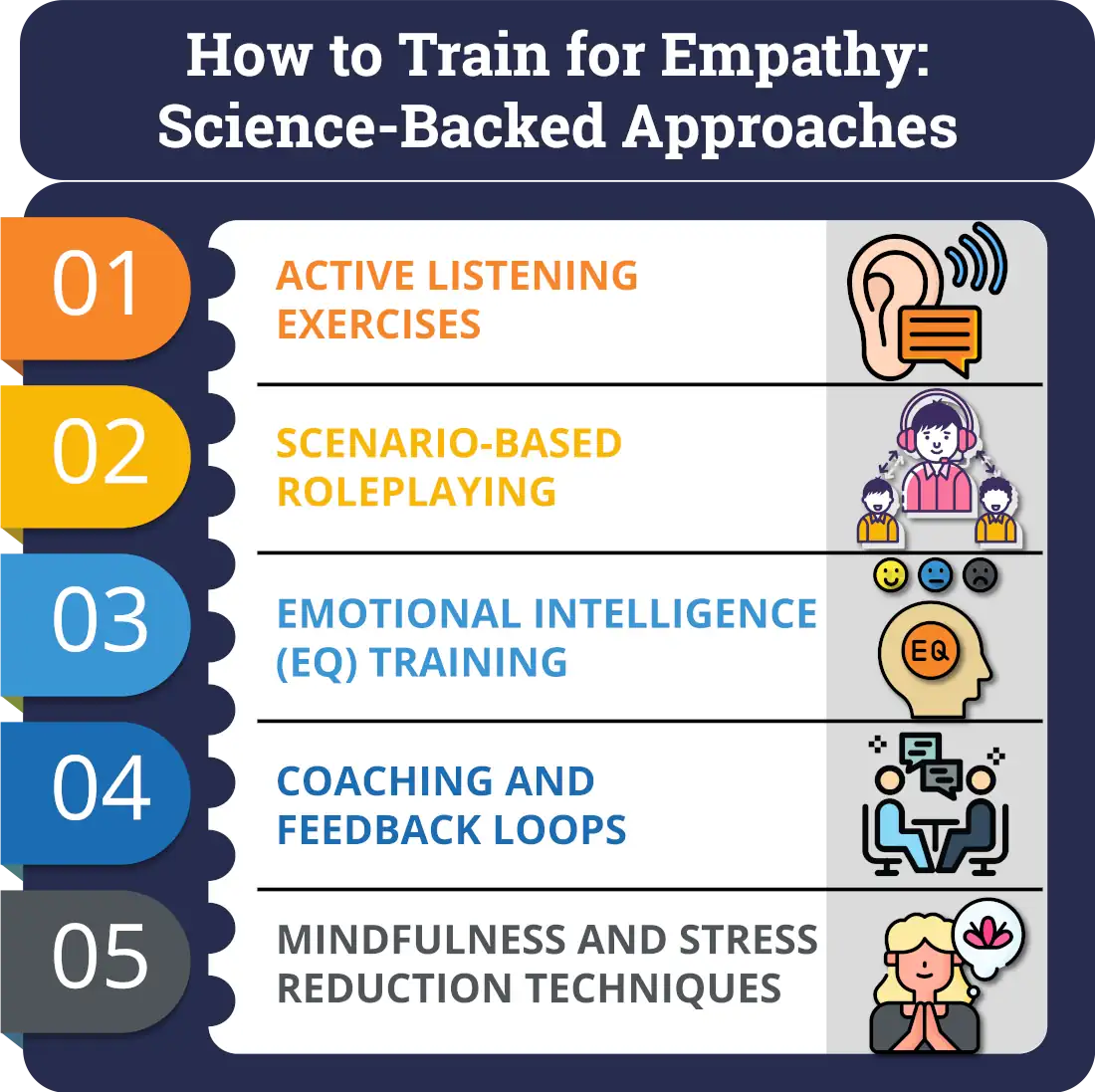
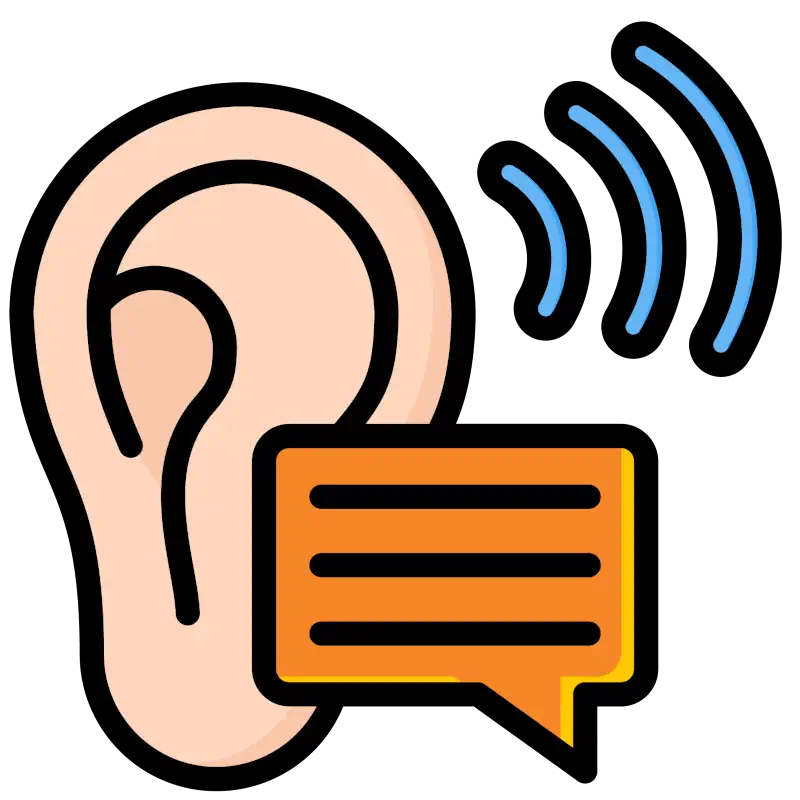
1. Active Listening Exercises
Training agents to listen without interrupting, paraphrase what they’ve heard, and validate the customer’s emotions helps build both cognitive and emotional empathy. This makes conversations more meaningful and effective.
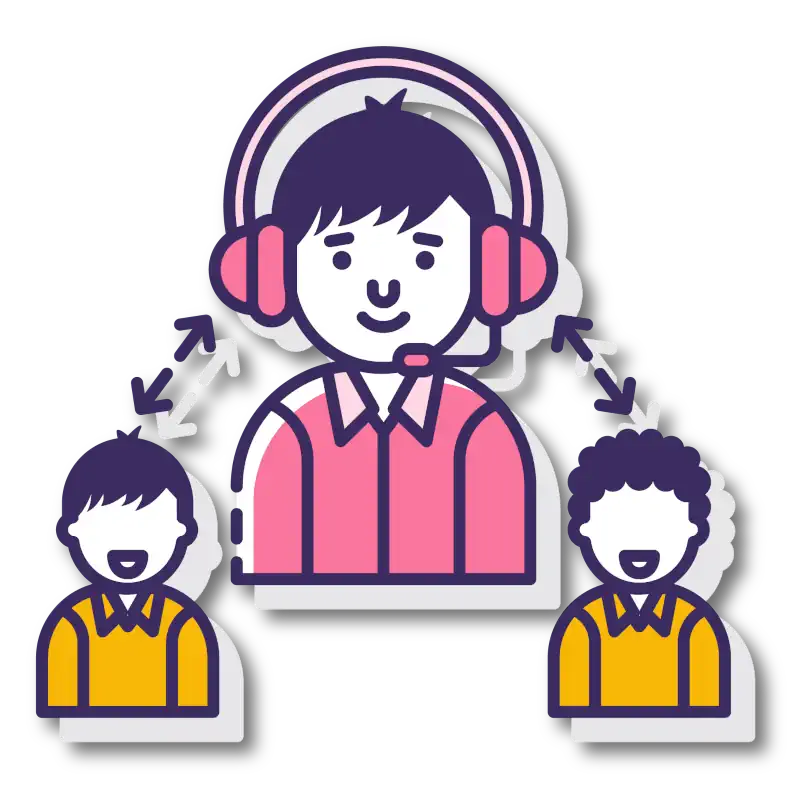
2. Scenario-Based Roleplaying
Walking through real-life call scenarios—especially difficult or emotionally charged ones—allows agents to step into the customer’s shoes and explore more emotionally attuned responses.
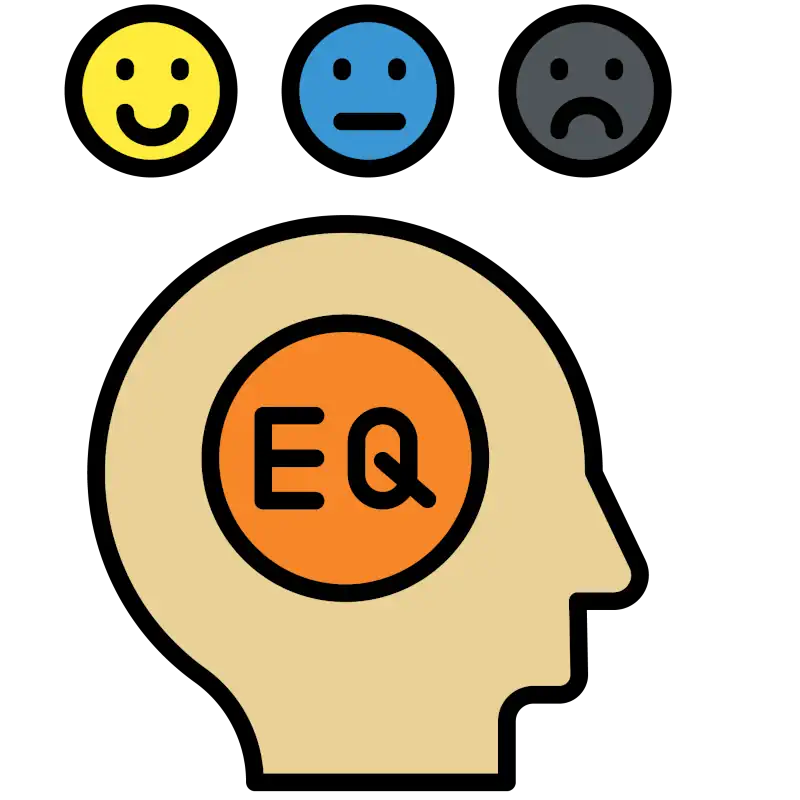
3. Emotional Intelligence (EQ) Training
Empathy is a core component of emotional intelligence. Training sessions that focus on self-awareness, emotional regulation, and social awareness can significantly boost an agent’s ability to relate to customers under pressure.

4. Coaching and Feedback Loops
Ongoing coaching is critical. Rather than focusing only on compliance or resolution, supervisors should give feedback on how something was said—tone, pace, and phrasing all contribute to perceived empathy.

5. Mindfulness and Stress Reduction Techniques
Empathy often declines under stress. Teaching agents simple breathing or grounding techniques can help them stay centered and emotionally available during challenging calls.
Importantly, empathy training should be embedded into the overall culture—not treated as a one-time workshop. Regular reinforcement, peer recognition, and leadership modeling are essential for creating an environment where empathy is the norm, not the exception.
What are Some Common Challenges to Demonstrating Empathy in the Call Center?
While empathy is a powerful skill, it's not always easy to demonstrate. Even the most well-intentioned agents can struggle to maintain empathy when faced with demanding customers, tight schedules, or repetitive issues. Understanding these challenges—and how to overcome them—is essential for sustaining empathy as a consistent part of customer interactions.
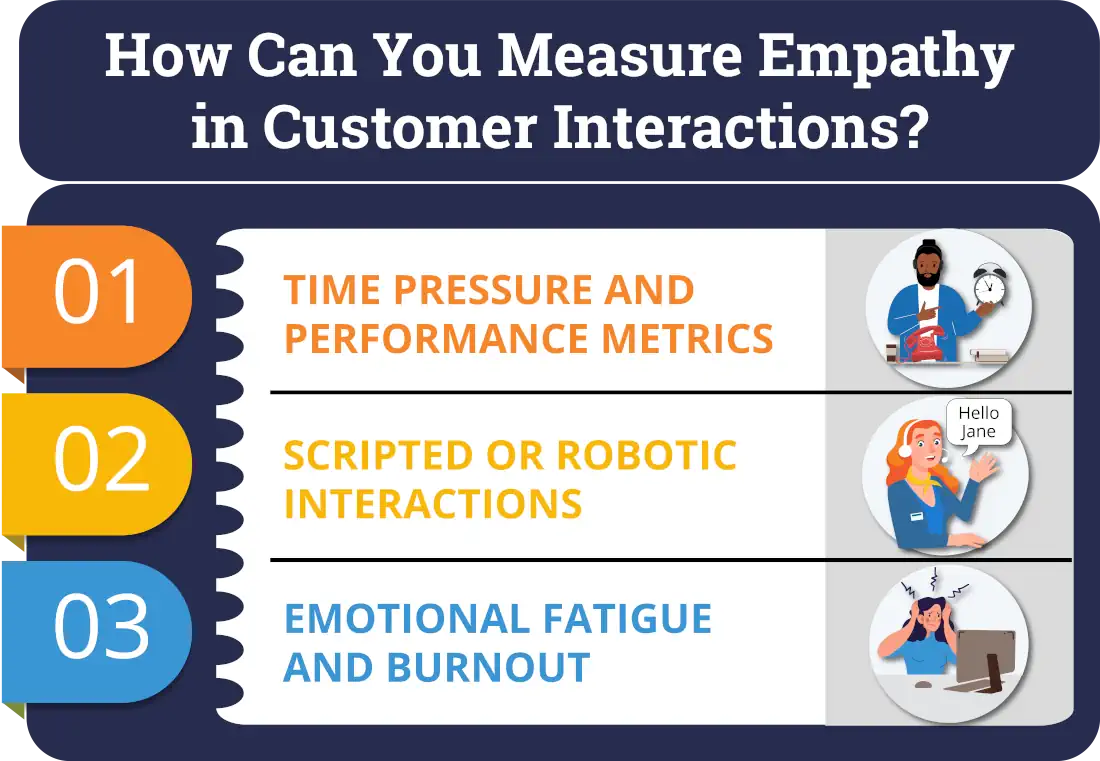
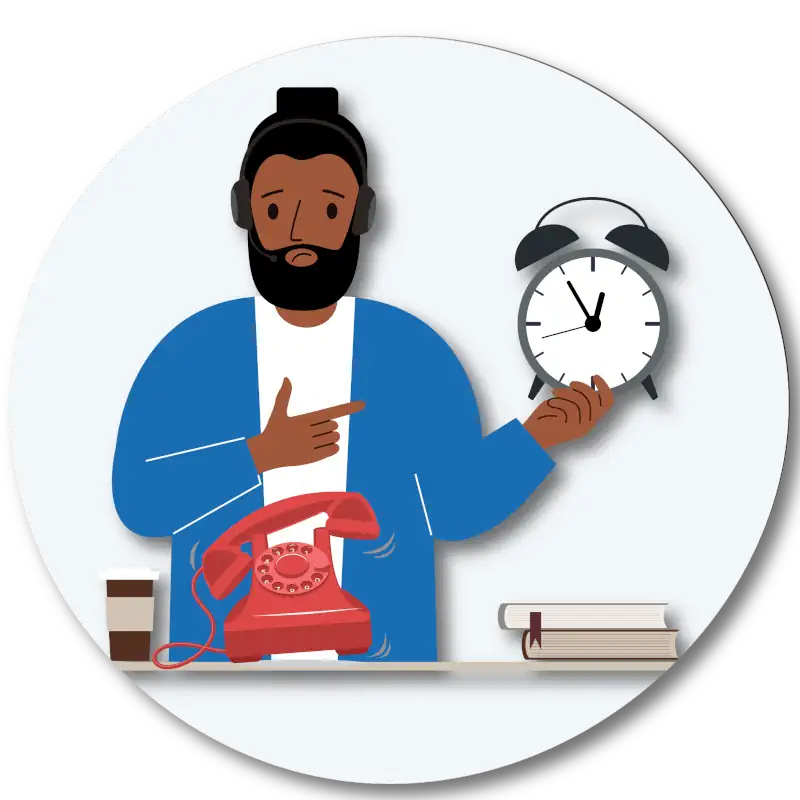
1. Time Pressure and Performance Metrics
Contact center agents often feel the pressure to resolve calls quickly. When Average Handle Time (AHT) becomes the dominant KPI, agents may cut conversations short, skip emotional cues, or default to transactional responses. But empathy doesn’t have to be time-consuming—it’s more about how something is said than how long it takes to say it.
Shift the focus from speed to quality. Encourage agents to lead with empathy early in the call—acknowledging emotions right away can actually shorten calls by reducing customer resistance and confusion. Reinforce that FCR and CSAT improve when empathy is prioritized, which benefits the entire center's performance.
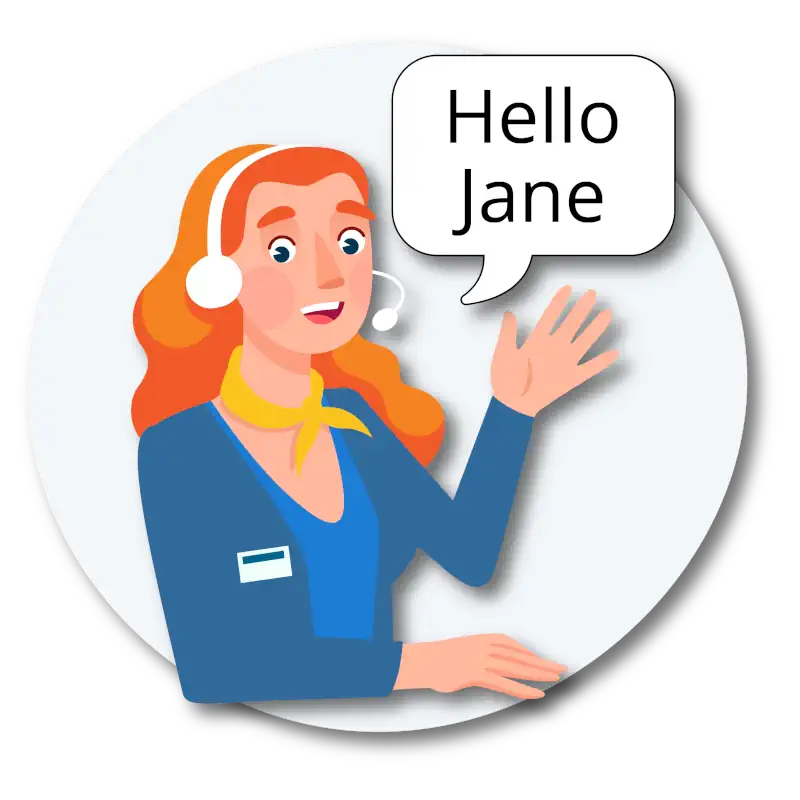
2. Scripted or Robotic Interactions
Scripts are helpful for consistency and compliance, but over-reliance can make conversations sound mechanical. Customers can sense when empathy is forced or rehearsed—and that undermines trust.
Empower agents to personalize within the script. Train them to use scripts as a foundation, not a crutch. Encourage the use of natural language, tone matching, and personalization (e.g., using the customer’s name or referencing their specific situation).

3. Emotional Fatigue and Burnout
Handling emotionally charged calls day in and day out can take a toll. Agents who are tired, stressed, or burned out may struggle to stay emotionally engaged. This leads to a phenomenon known as empathy fatigue—the gradual depletion of emotional energy.
Support agent well-being with regular breaks, mental health resources, and a culture that prioritizes psychological safety. Normalize discussions about emotional strain and give agents tools to decompress between difficult interactions. Recognize and reward empathy just as much as speed or resolution.
